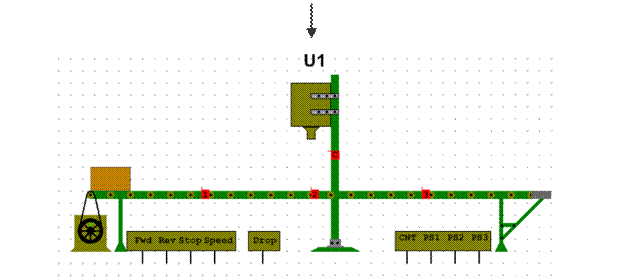Summarise the information by selecting and reporting the main features and make comparisons where relevant.
The chart below shows the amount of money per week spent on fast foods in Britain. The graph shows trends in consumption of fast foods. Write a report for a university lecturer describing the information shown below. Summarise the information by selecting and reporting the main features and make comparisons where relevant. Write at least 150 words.
The bar chart illustrates the expenditure on three different types of fast food such as hamburgers, fish and chips and pizza in people in different level of income. From the chart, it is clear that in a high-income group, 40 pence is spent on hamburgers a week, which is the largest among the expenditures on all the three types of fast food. This expenditure is also the greatest one in the average income group, but the amount of money spent is only about 33 pence a week, much less than that in the high-income group. As for the low-income group, the largest expenditure is on fish and chips, about 18 pence a week. The line graph compares the trends of the amount of three type of fast food consumed between 1970 and 1990. It is clear that the amount of hamburgers and fish and chips consumed showed an increasing trend, while pizza consumed gradually decreased from 300g in 1970 to 700g in 1985, before it grew to about 240g in 1990. The consumption of fish and chips overtook that of pizza and hamburgers in 1982 and 1988 respectively.
The pie charts illustrate the primary reasons that people came to and left the UK in 2007. At first glance it is clear that the main factor influencing this decision was employment. Having a definite job accounted for 30 per cent of immigration to the UK, and this figure was very similar for emigration, at 29%. A large number of people, 22%, also emigrated because they were looking for a job, though the proportion of people entering the UK for this purpose was noticeably lower at less than a fifth. Another major factor influencing a move to the UK was for formal study, with over a quarter of people immigrating for this reason. However, interestingly, only a small minority, 4%, left for this. The proportions of those moving to join a family member were quite similar for immigration and emigration, at 15% and 13% respectively. Although a significant number of people (32%) gave ‘other’ reasons or did not give a reason why they emigrated, this accounted for only 17% with regards to immigration.
|






